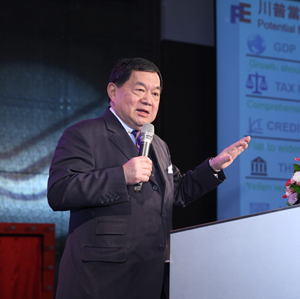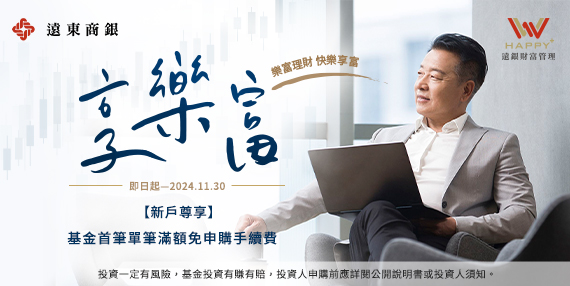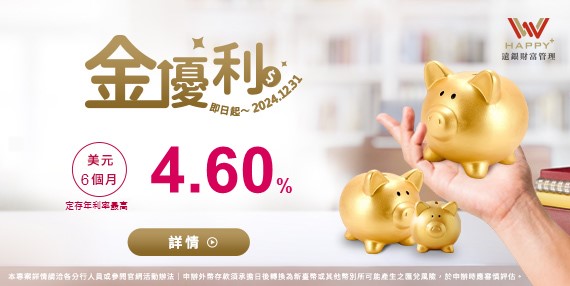2016年12月號 领航者的话
Envisioning Tomorrow ──Speech made by Chairman Douglas Hsu at the Far Eastern Department Store “Vendors’ Party”
Far Eastern New Century / Morris Yang
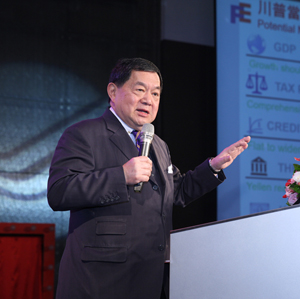

Today’s speech can be outlined into two sections, section one is about “Global Economy and Retail Industry Outlook”, and section two is about “Trends Shaping the Future of Retailing.”
Reflecting on the recent developments of world economy, IMF and EIU both revise down the forecast of 2016 world economy and trade growth, the lowest since the financial crisis. While the U.S. and the emerging markets attribute to major growth momentum in 2016, the Eurozone and Japan remain sluggish mainly due to the “Brexit” impact from the U.K. referendum, which not only shocked the global financial market, but also brought uncertainty to future recovery. Furthermore, the U.S. President-elect Donald Trump taking a protectionist stand on foreign policy and stringent economic policy will inevitably affect world economy. In addition, his alleged tax and expense cuts may lead to higher interest rate that causes inflation and fiscal deficit. Under the impact of protectionism and economic slowdown, the global stock market and risk asset will be deeply affected; the emerging markets depending heavily on global trade will become particularly vulnerable and shall have profound impact on the world economic development. Major forecasts predict that there might be slight growth in 2017 as compared to 2016, in particular that the U.S. and emerging market countries still enjoy a certain growth momentum depending on the next direction of Trump’s policy. We should be cautious in facing the future dynamic environment.
Though facing with tremendous risks, there is still growth driver for the retail industry; especially the penetration of e-commerce will continue to increase. Key drivers of global retail sales include (1) a growing middle-class population and rising income levels in Asia, and (2) technological advancements allowing retailers to offer 24-hour online services. However, with uncertainty, the sluggish growth in China, and lack of confidence, this could lead to significant drop in consumer sentiment on retailing, in particular for Hong Kong, China, Thailand, Vietnam, and etc.
After several gloomy years, the growth of Taiwan’s economy in 2016 mainly stems from domestic consumption, particularly, the private consumption. Global Insight predicts the overall development in 2017 will outperform that in 2016, mainly from the significant improvements in exports. In the last 3 years, Taiwan’s retail market remains growing slightly, demonstrating the phenomenon of market saturation and borderless online shopping. Thanks to new outlets, long holidays and warm climate, all industries report growth this year, particularly higher in department stores and supermarkets.
In summarizing the recent developments of retail market in Taiwan, “outlet mall” is the newest type of retail business that has brought to Taiwan recently. So far, seven outlet malls have entered the market, and the comprehensive MRT network has led to the development of shopping malls alongside the crowded stations of MRT, Taiwan Railways and Taiwan High Speed Rail. Additionally, online sales remain popular. With increasingly higher penetration of smartphones in Taiwan, M-commerce has also become one of the major shopping channels. Also, the popularity of street running in Taiwan has geared up the sales of fashionable athletic apparels. Other popular trends, such as offering various gourmet dining services, have also become the core part of retail, registering a significant contribution of the store’s revenues. Last but not least, fast fashion brands such as Uniqlo, Zara, H&M, and GAP have also marched into the local market. They are the main drivers in changing Taiwan’s overall retail market.
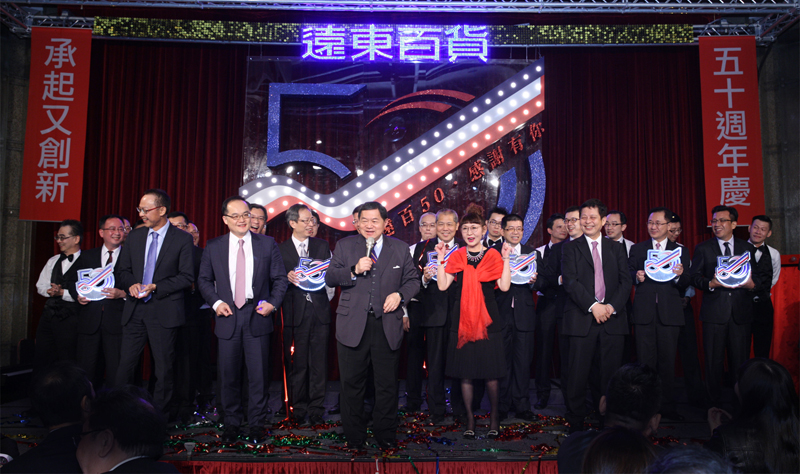
First and foremost, “Be speedy and even Speedier.” According to the research, convenience and delivery speed are key competitive qualities in defining an exceptional shopping experience. “One-day delivery guarantee,” offered by online shopping operators, has nowadays become the industry norm, and will probably become the basic requirement. Therefore, the final real winner shall be the retailer who is able to save time and ensure the prompt delivery for customers.
Secondly, “personalized shopping experience” has gained its significance. With advancement of technology, retailers can quickly grasp customers’ shopping behaviors and decisions, thus, enforce them to invest heavily in IoT and Big Data in order to integrate both online and offline channels to depict shopper profile so as to better understand customer preference and needs that can lead retailers to provide products and services accordingly.
The continuously evolving digital services are making shopping experience more convenient. With the ever speedy delivery, retailers also aim to enhance “Easy Buy, Easy Pay.” Digital payment is expected to grow tremendously. Taking the FriDay e-wallet of Far EasTone Telecom for example, consumers only need to carry their smartphones to incorporate their FEIB HAPPYGO and HappyCash cards into the e-wallet to shop within the Group’s retail channels.
With booming engagements of social media, people tend to connect in social media to discuss and share their experience of merchandize. Next, they go and seek merchandize in local shops to better understand products. Lastly, they make smart purchases through mobile devices such as smartphones. Since last year, large social media players such as Facebook and Instagram have added shopping and sales functions on their shared web pages to form a new shopping channel.
Over 4.8 billion people globally will be using smartphones. Mobile commerce has expanded from traditional PC, Notebook to quickly transfer to mobile phone screen. More and more retailers are seeking attentions on the small screens to establish omni-channels of shopping anytime and anywhere.
According to the research, there are about 2 billion of millennial population which accounts for half of the world’s retail consumption. They have extensive shopping experiences in both online and offline. They tend not to care about whether the retailer has omni-channel or not, they pay more attention to their omni-experience. Therefore, retailers must stay in line with the millennial’s shopping behavior through the use of technology and service design to stay competitive.
Within one hour of Alibaba’s “2016.11.11 Singles Day Festival,” it broke historical sales in achieving RMB $35.3 billion (equivalent to NT$164.8 billion) of sales, already surpassing the total transaction of RMB $35 billion in 2013. Furthermore, Alipay processed more than 140 million payment transactions within the first 33 minutes, accounting for 90% of the total mobile-commerce. With this year’s slogan “Buy & sell goods across the world”, the top 5 rankings of Alibaba international sales come from the U.S., Japan, South Korea, Germany and Australia accordingly.
It is worth mentioning that “Alibaba’s Buy+” utilizes the virtual reality technology to make its official debut this year. On the TMall’s “11.11 Singles Day Festival,” Alibaba has successfully showcased the integration of VR, online/offline retailers and “borderless shopping” to offer brand new shopping delight which enhances the interactions of shoppers and consumers targeting millennial consumers.
According to analyst firm Gartner, retailers used to focus on their ability to offer customers a personalized and seamless shopping experience. However, in the future, customer experience is considered to be the primary basis for competitive differentiation. Forward-thinking retailers will concentrate their efforts on creating a path to shop that responds to customers’ demands by integrating in-store technology, mobile, cloud, Big Data analytics and social media in a unified system to boost customer engagement.#



